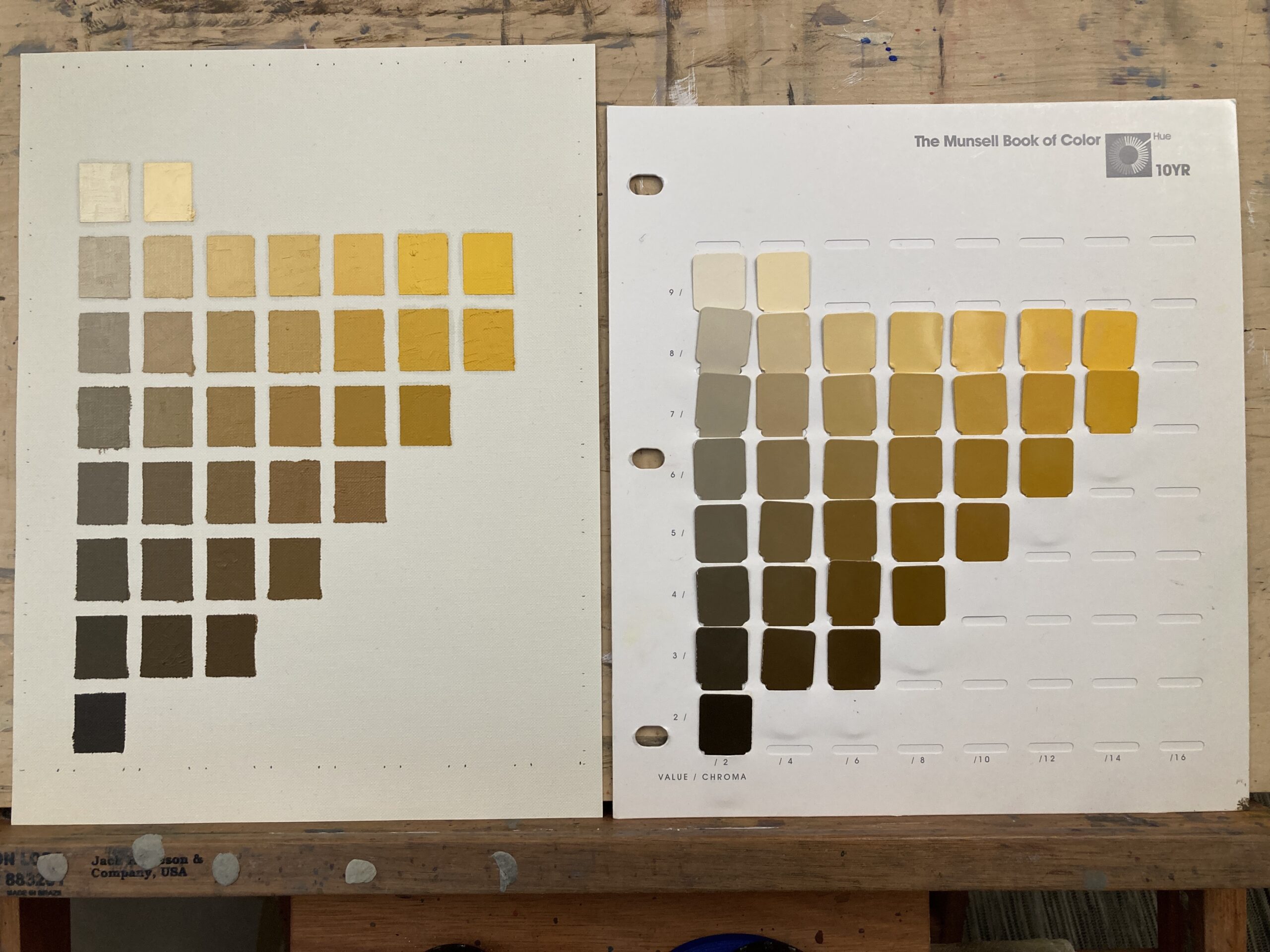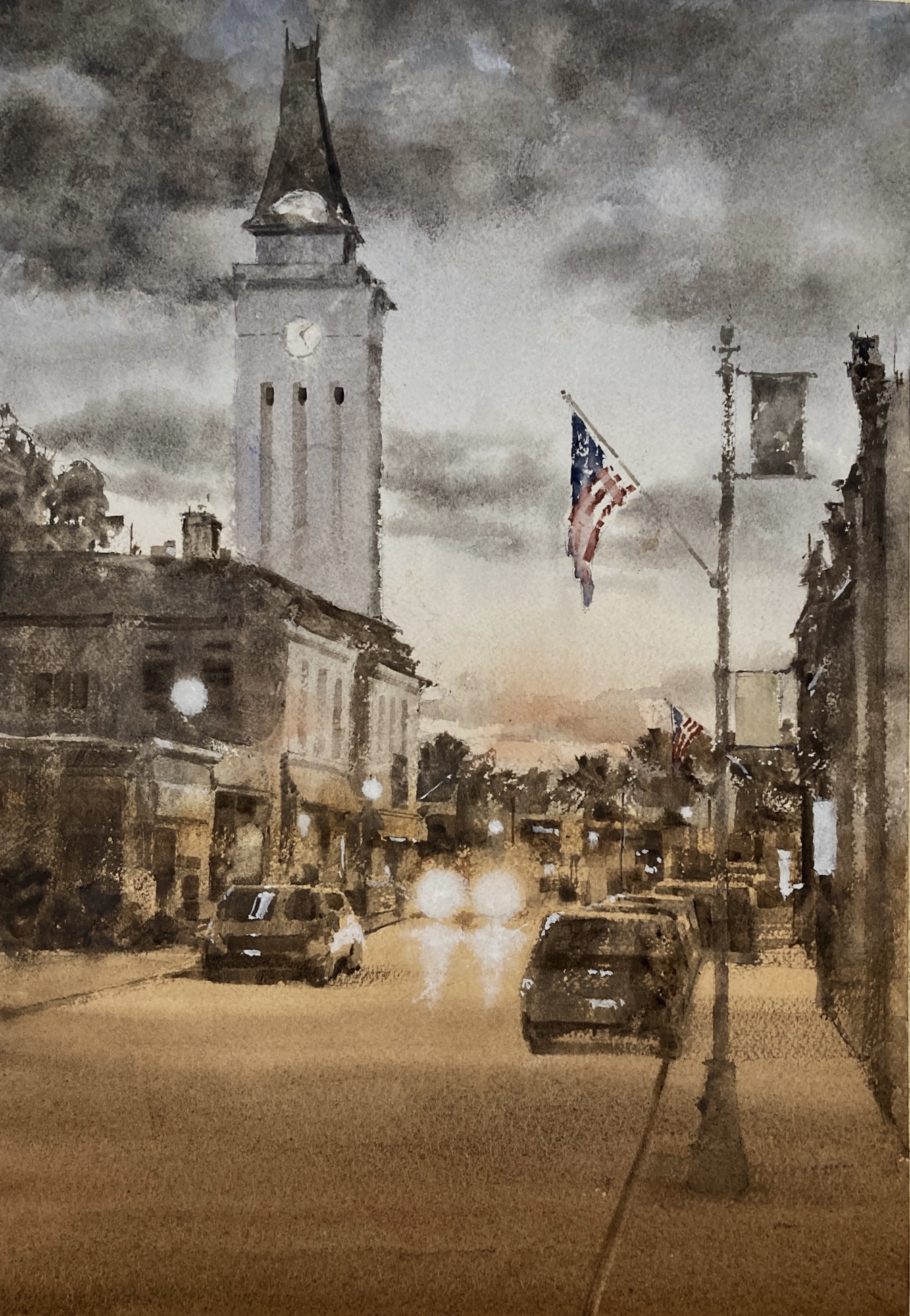Yes I never thought the title would be ‘oil painting surfaces- a cautionary tale’. Today was supposed to be a set of apple studies with different types of brushwork. It turned into a sorry saga of unsuitable surfaces. With pretty horrible results.
Strathmore Canvas paper – too absorbent for oil paint
As this was just meant to be some studies I first started with a quarter sheet of Strathmore canvas paper. I’ve used this before with good results but what I forgot was that I gessoed the surface first before painting on it. And this time I didn’t. Ugh! The paint just sinks in, you can’t blend it, and it somehow darkens and goes matte on the paper. After struggling for an hour or so trying to get the paint to cover the surface (it soaks in and in!) I gave up. Here’s the result:

Blergh. Almost no form on that left hand apple even though I was *so* careful with the values.
Not all ‘gessoboard’ is the same
After a quick stomp around the studio I fished out a small 5”x7” Ampersand gessobord. *Gesso* board so this surface must be ok yes? Hmm. Well it was better but boy so slick! The paint just rides around on the surface as there’s no tooth to speak of. It was definitely better than the paper but only just. Here’s my chunky block-in.

Kinda okay. I had a lot of trouble getting the chroma right on the light side of the apple. I was using Munsell chips but was still struggling. Will try and tweak that tomorrow and see if I can get it right. It has a certain charm but nowhere near what I was aiming for.
Finally I blended some of the edges and beefed up the darks a little. And that was it for the day. 4 hours – 2 apples! I have to get back to watercolor.


















